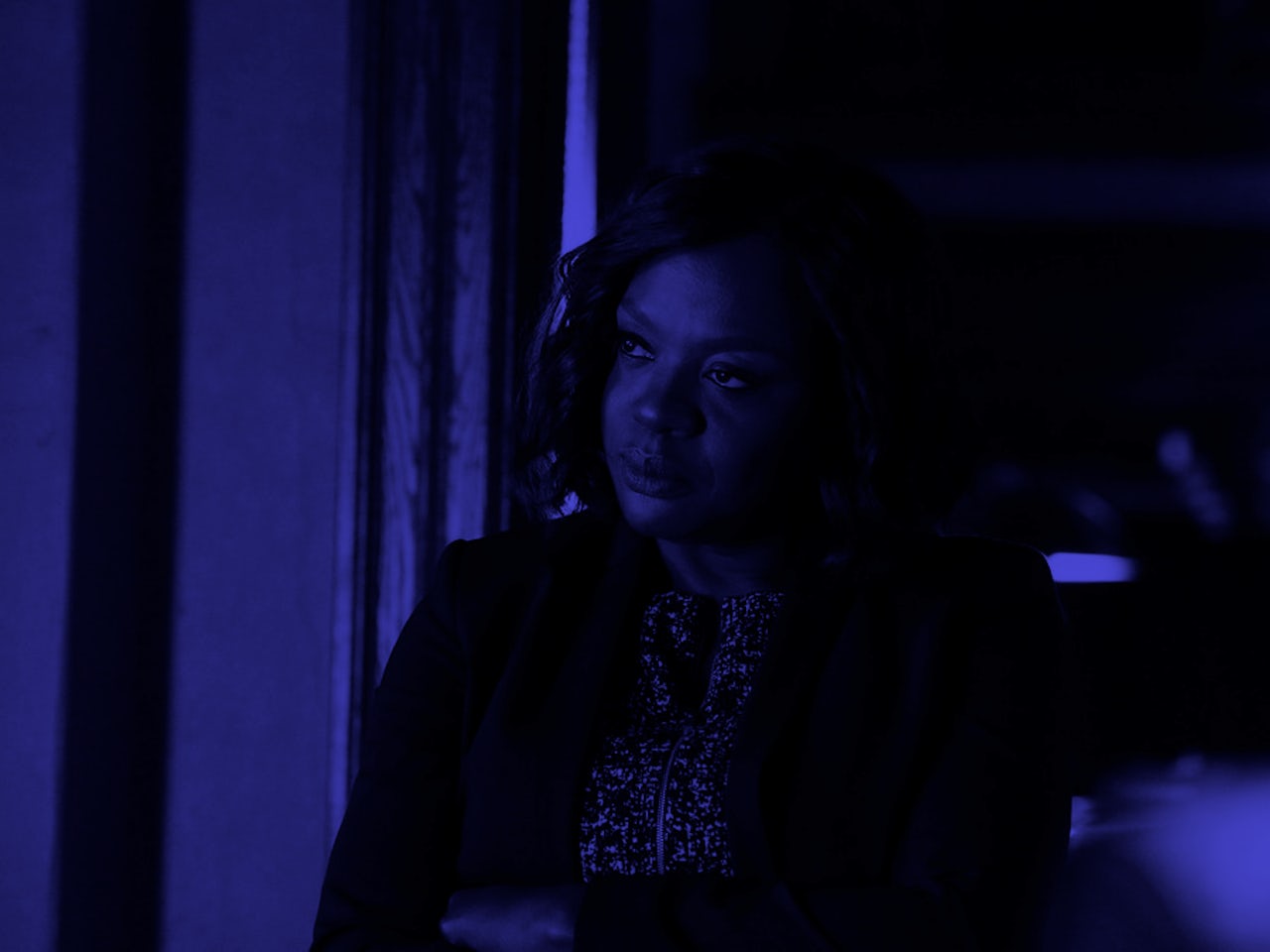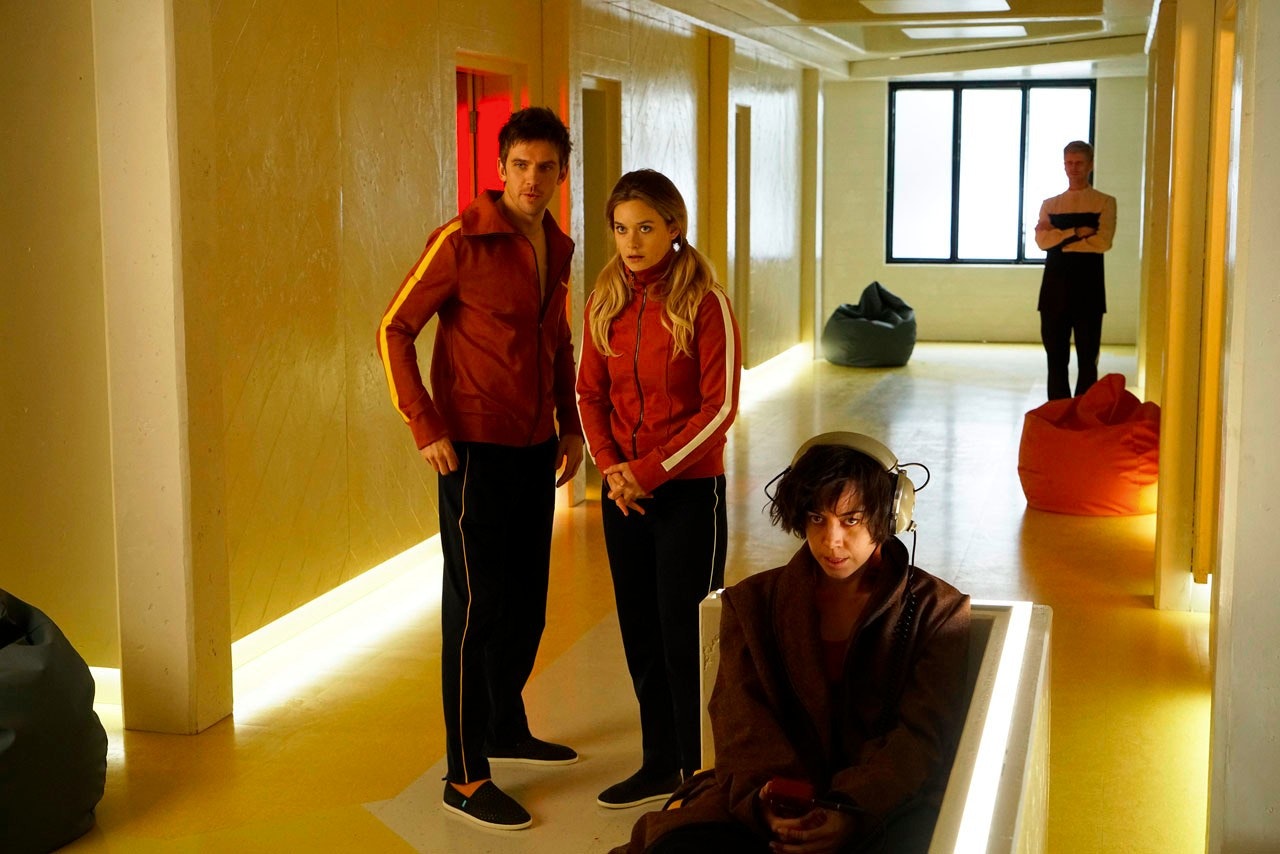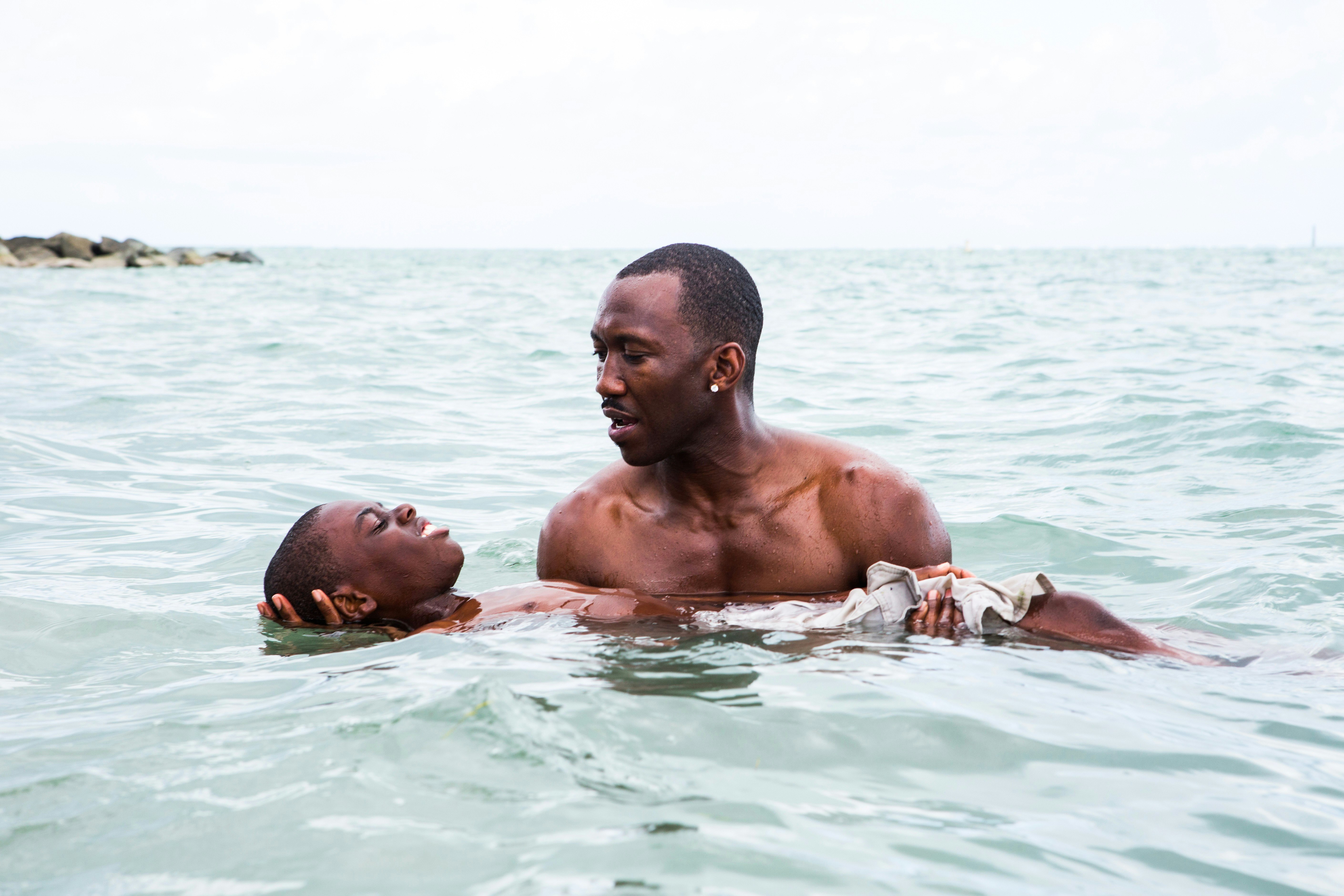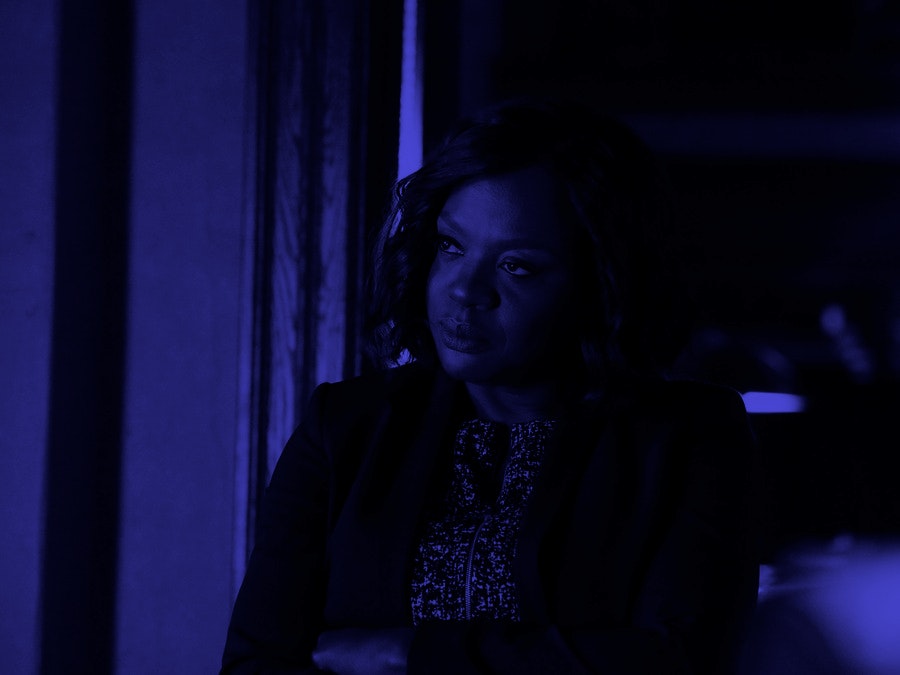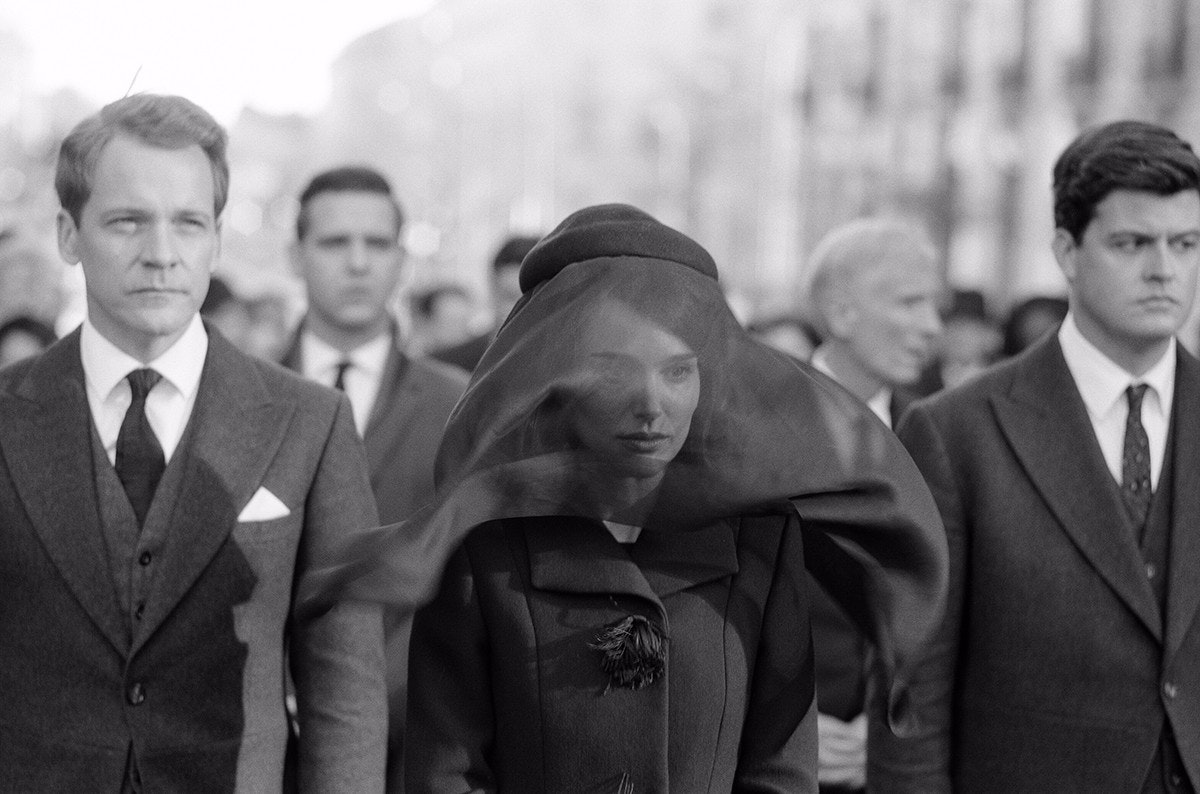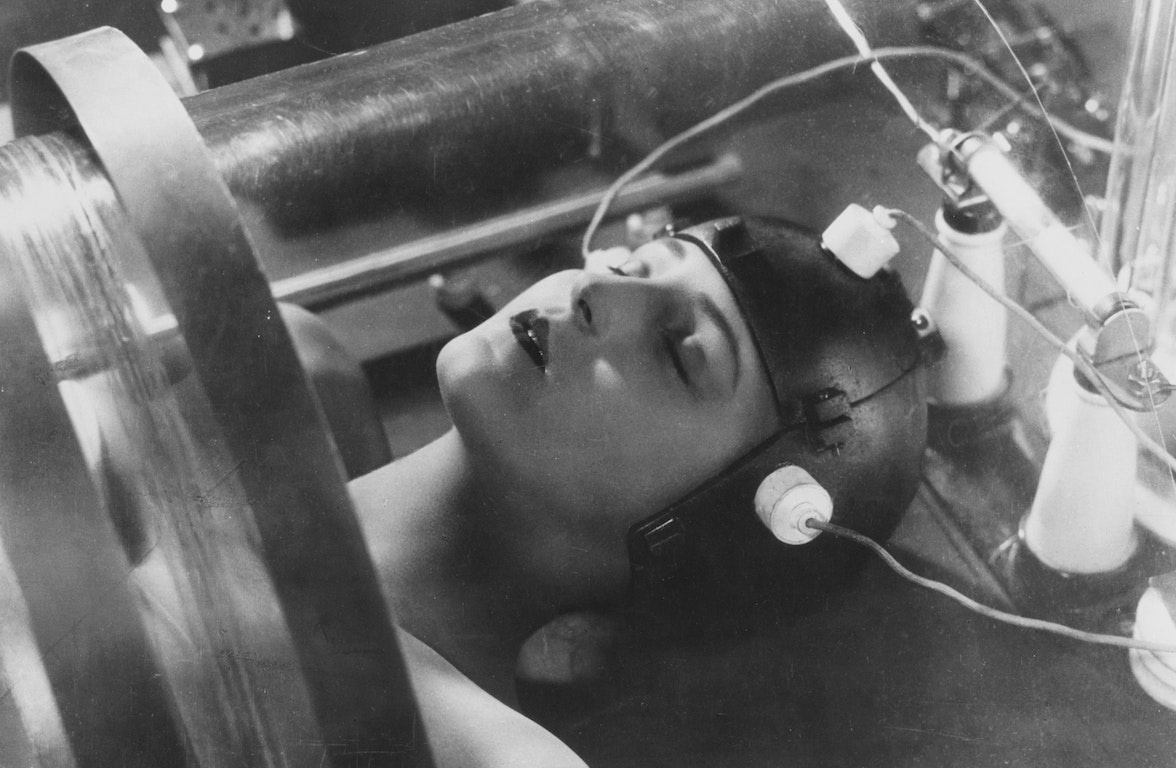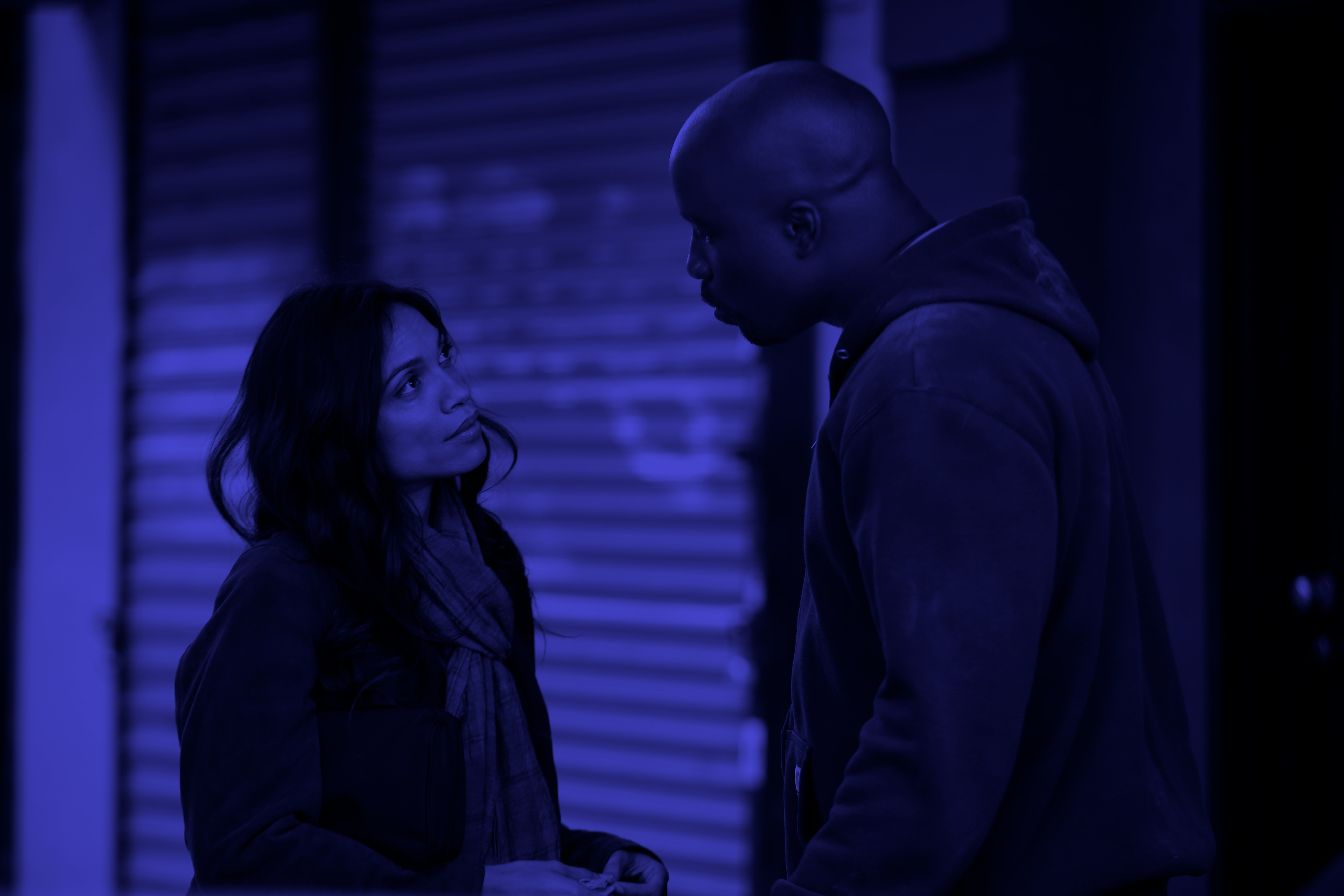If there is one defining archetype in the age of Peak TV, it’s the antiheroine. Last year saw the debut and return of a variety of complex characters who eschew likeability in favor of richer psychological profiles. This included the con woman thriller Good Behavior, vulgarly humorous Insecure, the feminist black comedy Fleabag, the musical comedy Crazy Ex-Girlfriend, and the Cold War-era spy drama The Americans. 2017 is showing no sign of this resurgence slowing down with the return of the blistering noir miniseries Top of the Lake and Ryan Murphy’s Feud, which brings to life the behind-the-scenes drama of the 1960s cult classic Whatever Happened to Baby Jane?
On the surface, this trend feels like a boon for viewers and artists who don’t believe likeability is a prerequisite for female characters. But not all representation is created equal. The antiheroine we’re witnessing on television today has a far different political resonance than her peer the antihero. The antihero is credited with ushering in the Golden Age of television with works like Mad Men, Breaking Bad, and the ne plus ultra of this specific genre, The Sopranos. If the antihero of Golden Age TV was at his core a power fantasy, the antiheroine of Peak TV often feels like a cautionary tale warning women that going full tilt toward your own desires will only lead to self-destruction or soul-crushing loneliness.
Arguably, what links this bevy of modern antiheroines is a single trait — ambition. We can see this each time the women of shows like UnReal, How to Get Away With Murder, The Americans, and others outsmart their peers in increasingly violent ways. Sometimes their ambition is of the romantic sort. Other times it’s political and professional. But each of these women, no matter the genre they find themselves in, are united by a blistering drive to reach their goals no matter who they hurt or lose along the way.
This truth crystallized for me during the run of The Good Wife, which tracked how Alicia Florrick (Julianna Margulies) transformed from the grief-stricken woman standing by the side of her cheating, state’s attorney husband to a cunning lawyer who put her desire for power above even her closest relationships. The series ends with Alicia getting bitterly slapped across the face by her former mentor, Diane (Christine Baranski), due to a personal and professional betrayal. Alicia’s face holds only a brief flicker of emotion as she walks away alone, showing how much she’s changed over the course of seven seasons. The Good Wife doesn’t end with Alicia in a healthy, satisfying relationship or even meeting all of her professional goals. Instead, she is punished for her ambition and for pulling the same power plays that have brought men success since time immemorial. Watch enough of these shows and you start to wonder: Is it necessary for antiheroines to find such lonely, gruesome, or unhappy endings that ultimately reaffirm the notion that ambitious, “unlikeable” women deserve their fates?
Is it necessary for antiheroines to find such unhappy endings that reaffirm the notion that ambitious, “unlikeable�� women deserve their fates?
If there is anything that has become impossible to deny thanks to the surreal political landscape we find ourselves in — which feels like a particularly cruel episode of The Twilight Zone — it’s how deeply American culture scorns ambitious women. There are many reasons why career politician Hillary Clinton lost the presidency. But watching her lose her last chance at the Oval Office to an unqualified, anti-intellectual, repulsive demagogue puts into stark relief the sexist animosity directed toward women who refuse to exist in the narrow spaces our culture affords them.
That we’re seeing a rise in explorations of the antiheroine isn’t a coincidence. Antiheroines often flutter in and out of the pop culture spotlight during particularly intense shifts within American gender dynamics. The liberated women of 1930s Pre-Code Hollywood are the spiritual heirs to Jazz Age flappers. The 1940s were full of femme fatales on the make whose emergence was a cinematic reflection of the ways World War II altered gender politics stateside. The 1950s were rife with contradictions among good girls like Doris Day, sexual firebombs like Marilyn Monroe, and longrunning Hollywood queens like Joan Crawford trying to find new avenues as they aged. More contemporary antiheroines are a reaction to the same cultural environment that made vilifying Clinton for her experience possible.
Today’s antiheroine isn’t as progressive as she seems on the surface, but it wasn’t always this way. The antiheroines of classic Hollywood were the ultimate fantasy demonstrating the breadth of female identity. As Jeanine Basinger wrote in A Woman’s View: How Hollywood Spoke to Women 1930 - 1960, “Women could ruin their lives — get free of everything — down at the movie house for twenty-five cents with butter on their popcorn.” These characters were ruthless, selfish, gleefully violent, and finely realized, played by actresses like Barbara Stanwyck, Gene Tierney, Marlene Dietrich, Gloria Grahame, and Ava Gardner. These antiheroines appeared in everything from Technicolor noirs (Leave Her to Heaven) to prestige dramas (The Bad and the Beautiful). One of the most successful films of all time has an antiheroine as the leading lady: Gone With the Wind. And this was all the way back in 1939.
Neither the narrative itself nor the way actresses brought these women to life apologized for the way they were. There was very rarely trauma in their past, like a violent rape, incest, or domestic abuse, used to explain away a character’s strength, which is alarmingly common in modern shows, as if women can only demonstrate typically male traits because there is something wrong with them. Sometimes rooting a striking moment of trauma in the construction of these characters today is well done, like how The Americans handled Elizabeth (Keri Russell) being raped by one of the KGB officers who trained her. But often these incidents feel like punishment or excuses for why these women are so unlikeable, as if a woman can’t be cutthroat or hardened without some tragic backstory.
I would never go so far as to say classic Hollywood was better for women. These films often (but not always) ended with antiheroines getting their comeuppance thanks to the Hays Code, which outlined a series of morals that Hollywood films then had to abide by. But modern Hollywood has no such excuse. Just look at The Devil Wears Prada, which has Meryl Streep’s ruthlessly career-minded Miranda Priestly reveal with teary conviction her impending divorce. Scenes like this imply that these power-hungry women are secretly a mess over all the ways they don’t fit simpler, more acceptable forms of femininity. On the other hand, antiheroines of the past were glorious figures who laughed in the face of societal conventions to the bitter end and were never forced to apologize for their “unlikeability.”
Antiheroines of the past laughed in the face of societal conventions to the bitter end and were never forced to apologize for their “unlikeability.”
Modern series like UnREAL don’t seem to empathize with their central antiheroines but study them with chilly distance, as if confirming every nasty idea that society still holds about the sort of real-life women these characters reflect. The most damning problem with how modern antiheroines are constructed compared to their foremothers isn’t the lack of empathy, understanding, or the need for trauma to be a pivotal part of the backstory. It’s that a majority of the antiheroines we see today are mentally ill. If the antiheroines of prior decades are about women driven to extremes due to a sexist society, her modern counterpart shows how society simply views these women as crazy.
Diagnosed mental illness as a defining characteristic of antiheroines proliferates modern television on shows including UnREAL, Crazy Ex-Girlfriend, Girls, and Homeland, just to name a few. Shows like Scandal and How to Get Away With Murder, on the other hand, allude to their lead characters dealing with mental illness as the byproduct of trauma but never outright discuss a diagnosis. These characters suffer from bipolar disorder, anxiety, and depression, while men are allowed to be vulgar, selfish, violent, and impulsive without this being tied to trauma and illness. Even when they may have gruesome past traumas (like Don Draper of Mad Men) or they’re in therapy (like Tony Soprano), this isn’t treated like the be-all and end-all of their characterization.
Sometimes, these female characters aren’t even outright diagnosed but begin to pathologize themselves. On The Girlfriend Experience, Christine Reade is a law student turned high-class escort who moves through the world with an icy demeanor. She uses men for sex and money, rarely demonstrating emotional interest in them beyond that. She starts to worry that this means she’s a psychopath going so far as to ask her sister if that could be a possibility. It’s an odd plot point to say the least. How does enjoying casual sex and having power, even to a merciless degree, make a woman a psychopath? Have we even seen a man start to worry he’s a psychopath for similar reasonings?
How does enjoying casual sex and having power make a woman a psychopath?
The most instructive example of the contradictory and troubling ways antiheroines are represented can be seen on How to Get Away With Murder. Currently in its third season, How to Get Away With Murder follows a ruthless, highly talented lawyer and law professor named Annalise Keating (an amazing Viola Davis who brings panache to a role far beneath her skills), who becomes entwined in a murder plot with five students she selects to intern with her firm. In the show’s first season, Annalise is portrayed as conniving, underhanded, manipulating people as easy as she breathes. On the surface, Annalise is a much-needed figure in the television landscape — an over 50, dark-skinned, bisexual black woman who outsmarts everyone in the room. But as the show progresses, her mental instability and past trauma take center stage.
We learn her husband, Sam (Tom Verica), was once her therapist. As a child she was routinely sexually abused by her uncle. During her marriage to Sam, she had several miscarriages, only to lose a child she nearly carried to term thanks to a car accident. In the fourth episode of the second season, Annalise admits, “I think about it a lot… killing myself. Have ever since I was a child.” At one point in the second season, her mentality is so fractured, thanks to being shot by one of her protegees and prescription drugs, that she starts hallucinating babies. Making mental illness such a defining factor ruins the more radical, interesting option of making Annalise a female power fantasy, which she seemed to be earlier in the series. The way the writers use mental illness flattens her character and suggests that all ruthlessly ambitious women are secretly harboring deep traumas that prohibit them from inhabiting more traditional (and safe) feminine roles.
It may seem restrictive to ask showrunners and writers to hew closer to the truth of how mental illnesses manifest. But the way mental illness is stigmatized through pop culture and news reports doesn’t exist in a vacuum — it has real-world effects. That most people only witness mental illness through seeing it in pop culture eventually leads to the reasons why people refuse to even broach the subject with therapists, particularly in black and Latino communities. Sure, shows that depict characters with mental illness start an important conversation. But is it the kind of conversation that should be had?
Antiheroine-led shows like UnREAL, How to Get Away With Murder, Good Behavior, and Homeland are worthwhile, sometimes even great. But something deeper is at work when we see this trend of antiheroines being profoundly mentally unstable spread across the television landscape. These series add to a culture that pathologizes women’s ambition and desire for autonomy. In turn, these traits in women become seen as aberrant. Now more than ever we need dynamic portrayals of antiheroines. There is an urgency to this archetype, especially in light of this past election cycle. Yet the stories of female power have somehow regressed to confirm society’s deepest fears about these women rather than empathizing with and honoring their complexities. This doesn’t mean antiheroines struggling with mental illness need to disappear, but this subject matter needs to be treated with the sensitivity and honesty it deserves, not as mere fodder for another dramatic plot twist.
In Humoresque, a 1946 film noir, Joan Crawford plays a brittle, adulterous woman in a loveless marriage. Halfway through the film she says something that has stuck with me ever since: “I don’t know how men get that way. Every time you meet an attractive woman, you begin to plan on how and where you can club her wings down.” In a modern series or film, far too often the woman who would say such a line couldn’t just be a prickly, difficult character. There would need to be some transgressions in her past to justify her strength, anger, and drive. Women’s ambitions don’t need to be pathologized through tragedy or punished to be worth watching. Until modern television pushes the antiheroine’s characterization beyond trauma, it’s doomed to inadvertently ascribe to the same troubling myths about women it wants to subvert.
